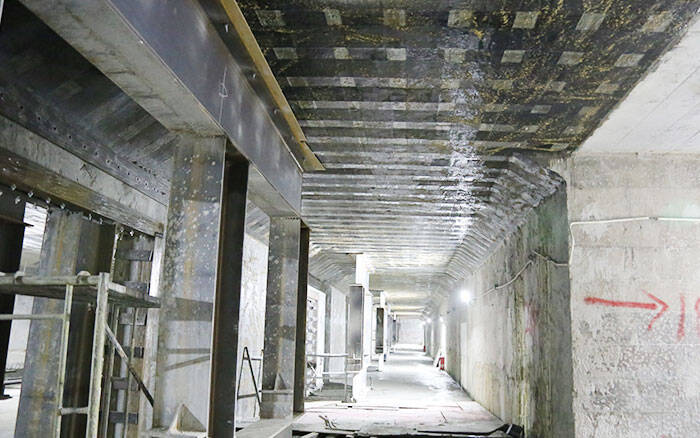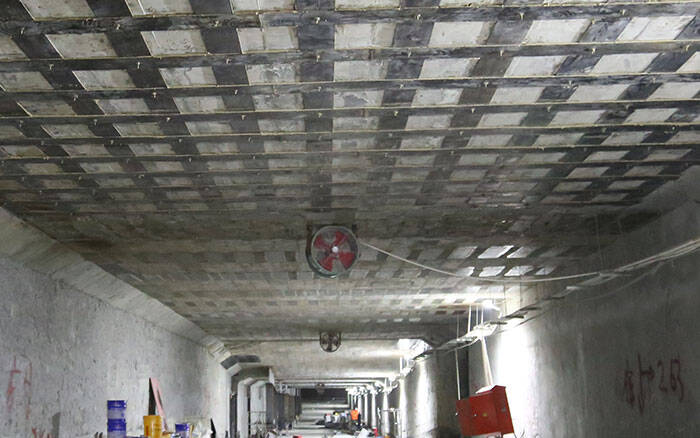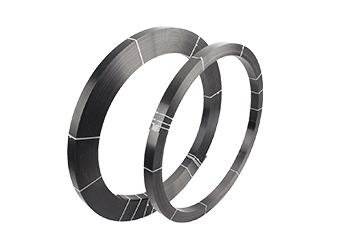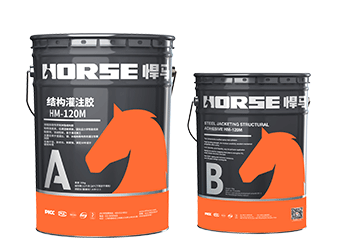Soluciones
La gama de negocios de construcción de caballos se extiende a todo el mundo y sirve a miles de clientes con productos, orientación técnica especializada en construcción, y somos testigos del reinicio de la marca china con ellos.
This paper analyzes the safety problems caused by changing the original knot randomly in the renovation of existing buildings, and puts forward some structural strengthening methods and suggestions.

1 Renovation and structural reinforcement
With the rapid development of China's economy and people's growing material needs. Many cities use comprehensive buildings, office buildings and other buildings to become a golden building with greater business opportunities in the city. Owners have renovated these buildings as stores, restaurants, entertainment places and other use functions, in order to obtain better benefits. However, due to the owner's excessive pursuit of economic benefits, in the process of renovation, often only pay attention to the problems directly related to the use of functions, willing to spend heavily on internal renovation and facade renovation, and the potential structural safety risks are not enough attention, when used as a public building, its safety problems are particularly serious.
2 Main problems of existing commercial building renovation and retrofitting
The problem of insufficient bearing capacity caused by the increase of load is that the standard value of live load of building floor under various usage functions is stipulated in the Code for Load of Building Structures (GB50009-2001), and the value in brackets is stipulated in the Code 89. It can be seen that the standard value of live load used in office building design is lower. When transformed into stores, entertainment and other use functions, the actual live load may be far greater than the design value at that time.
| Office | Store | Restaurant | Ballroom |
| 2.0(1.5) | 3.5(3.5) | 2.5(2.5) | 4.0(3.5) |
In the renovation of the original building, in order to attract customers, modern stores, restaurants, entertainment venues are higher decoration grade, the corresponding decoration load is larger, and the decoration load considered in the design of the building is certain, in the case of increasing more decoration load, it will inevitably bring hidden dangers to the safety of the structure. . In most cases, after an office building is transformed into a shopping mall, the live load is calculated according to the new function and the actual decoration load is taken into account. As a result, the bearing capacity of most structural members can not meet the requirements.
Change the layout of the original structure at will: Because of the different use of functions in the internal space of the building have different requirements, such as the store in the use of large space, when the original building load-bearing walls more (brick-concrete structure) or dense column network (frame structure), the transformation is subject to greater restrictions. Some owners always over-emphasize their willingness to reform, coupled with the decoration design and construction personnel do not understand the stress of the structure, changes in the status of the structure layout often occur, or even cause engineering accidents.
There are hidden dangers. Some of the existing privately renovated buildings are temporarily without problems because the seismic loads used in peacetime do not participate in the combination. However, its safety reliability has been greatly reduced, and there are great potential safety hazards. Once accidental loads take part in combination or earthquake occurs, its structural members can easily reach the ultimate state of bearing capacity and destroy.
3 Existing building decoration and transformation combined with structural reinforcement and reconstruction
In the process of renovation of existing buildings, the owners always hope to perfect the use function of the buildings as far as possible through redecorating, making them comfortable, beautiful and meet the requirements of modern buildings. In fact, in the process of renovation and renovation, reasonable use of existing building structure reinforcement and renovation technology (joist pulling column, joist demolition wall, etc.), can be achieved beautiful, comfortable, functional, safety, and achieve perfect renovation effect. Therefore, in the renovation of existing buildings, decoration companies must cooperate with structural reinforcement and transformation professionals to have a comprehensive understanding of the structure of existing buildings. In the reconstruction of the original structure, we must entrust professional qualified design units to design, and entrust professional qualified units to reinforce and rebuild the construction. This not only improves the building function and indoor environment, but also ensures the structural safety, so as to achieve perfect decoration and transformation effect.

4 Structural reinforcement method
When renovation and renovation affect the bearing capacity of the building, should be carefully discussed, analysis and comparison, the use of economic and efficient methods to achieve the purpose of strengthening, the methods can be adopted:
Increase the original beam section reinforcement method:
This method can be applied to the case where the stiffness, bending or shear capacity of the beam are insufficient and the difference is large. Its characteristic is to use the shrinkage of reinforced concrete to tighten the original beam, so that the new and old concrete has a better overall combination, using three or four sides of the beam to increase the reinforcement of reinforced concrete enclosure is more appropriate.
Bonded steel reinforcement method:
Sticking steel reinforcement method is to use structural glue to paste steel plates outside to improve the bearing capacity of the structure. Usually the steel plate is pasted in the tensile area of the member to improve its bending strength. Sticking to the side of the component can improve its shear strength. At present, bonded steel reinforcement method is generally applicable to flexural and tensile members subjected to static action, and the ambient temperature is not more than 600C, relative humidity is not more than 70% and no chemical corrosion conditions, otherwise effective protection measures should be taken.
Carbon fiber sheet reinforcement method:
The strengthening mechanism of CFRP is similar to that of bonded steel plate. CFRP is used to bond CFRP to the surface of the member, so as to improve the flexural and shear bearing capacity of the member, so as to strengthen the member and improve the mechanical properties of the structure. If there are cracks on the members, they should be treated by filling or sealing, and then bonded with carbon fiber sheets. When the member is strengthened under bending, the CFRP sheet should be pasted on the side of the tension zone, that is, the lower part of the member span, the continuous member and the upper part of the cantilever member.
In a word, if the renovation affects the bearing capacity of the building, we should make a comprehensive investigation and analysis, find out the reasons and obtain the reinforcement basis; in the selection of treatment methods, we should compare and prove, consider comprehensively, in order to make the construction convenient, economical and efficient.
5 Conclusion
The renovation of existing buildings will be a hot topic at present, even for a long time in the future. However, the structural safety problems should be paid more attention to. This paper analyzes the safety problems caused by changing the original knot randomly in the renovation of existing buildings, and puts forward some structural strengthening methods and suggestions.
Puede encontrar cualquier cosa que necesite, confíe en probar estos productos y encontrará la gran diferencia después de eso.

Tejido de fibra de carbono unidireccional de alta resistencia para refuerzo de compuesto de polímero reforzado con fibra (FRP).

Lámina de fibra de carbono pultruída para reforzamiento de estructuras

Adhesivo de refuerzo estructural para revestimientos de acero.